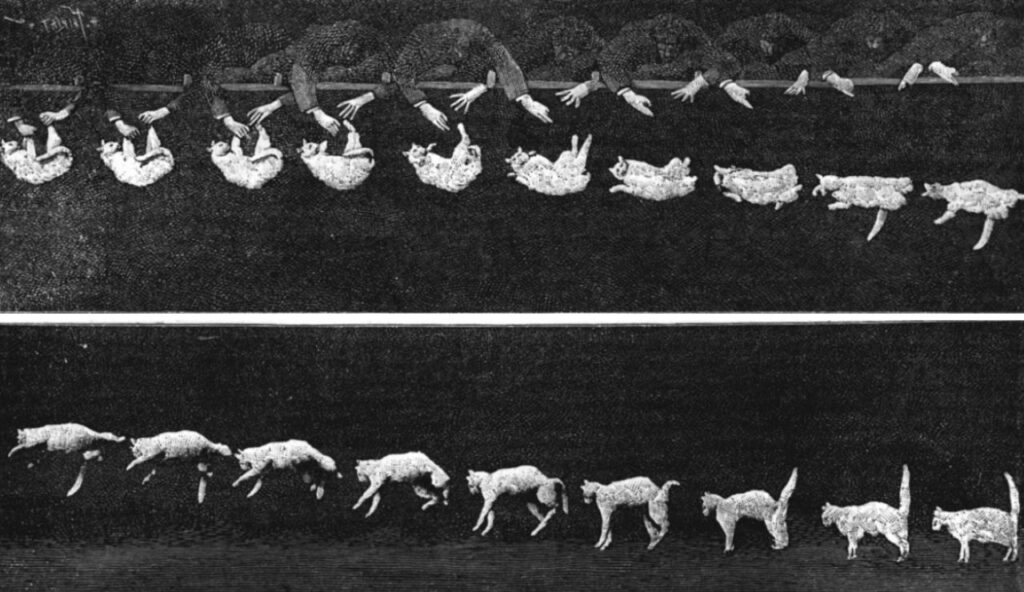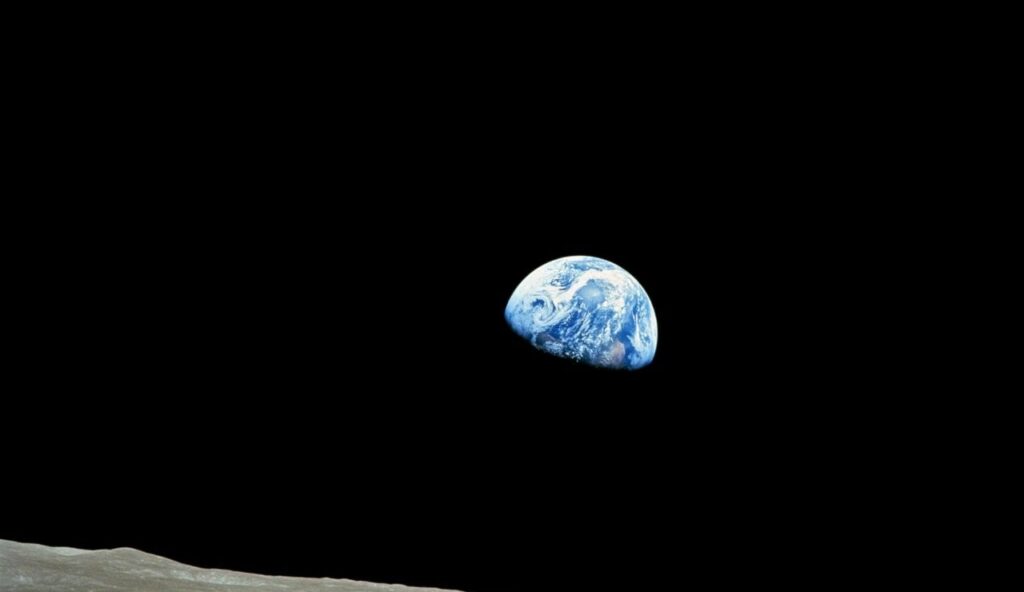Science has explained a lot, from atoms to black holes. But not every question has a clear answer. Some puzzles remain, even after years of study. These are the mysteries that keep scientists up at night and spark curiosity in classrooms everywhere. Whether it is the shape of the universe or something as strange as animal behavior, these unsolved questions remind us how much we still have to learn.
1. Why Do We Sleep?

We know sleep is important, but scientists still cannot fully explain why it is necessary. It helps with memory, repairs cells, and restores energy, but none of that answers the core question. Why does nearly every animal need long periods of unconscious rest to function? Theories exist, but there is no final answer. Sleep remains one of the most basic and baffling biological mysteries.
2. What Is Dark Matter?

Everything we can see in the universe, such as planets, stars, and gas, makes up a small portion of what exists. The rest is something invisible that does not emit light but has mass. Scientists call it dark matter. While they have detected its effects on galaxies, they have never observed it directly. What it is made of remains unknown, although it clearly helps hold the universe together.
3. How Did Life Begin?

Biologists have long tried to figure out how life first appeared on Earth. Did it spark from lightning in a chemical rich ocean? Was it delivered by a comet? There are dozens of ideas, but no confirmed explanation. The jump from non-living chemicals to a single living cell is still a mystery. Without evidence, the origin of life remains one of science’s biggest unanswered questions.
4. Why Do We Yawn?

Everyone yawns, even before birth, but scientists still debate the reason. Some think it cools the brain, while others say it is tied to alertness or communication. Yawning can spread between people, even through photos or videos, but its actual purpose is unclear. It is such a common act, yet no single theory explains it fully. Something so simple continues to confuse experts.
5. What’s Hiding In The Deep Ocean?

More than 80 percent of the ocean remains unexplored. Scientists continue to discover new species, strange sounds, and ecosystems that do not rely on sunlight. What else could be down there? Massive creatures? Unmapped geological activity? The ocean’s crushing depths make exploration difficult, leaving many parts of it a complete mystery. The unknown may be closer than we think, just underwater.
6. How Do Migrating Animals Navigate?

Birds, sea turtles, and whales can travel thousands of miles and still return to the same spot year after year. Scientists believe they use magnetic fields, the sun, stars, and even scent cues, but no single method explains how so many species navigate with such accuracy. The mystery is especially deep when it comes to young animals that migrate alone with no guidance.
7. Why Do Placebos Work?

A placebo is a fake treatment, like a sugar pill, that sometimes causes real changes in a patient’s condition. People can feel better simply because they believe they are being treated. This response has puzzled scientists for decades. How can the brain trick the body into healing? The placebo effect is still not fully understood, even though it clearly has real power in medicine and research.
8. What Causes Ball Lightning?

Ball lightning is a rare event where glowing orbs of light appear during storms, floating through the air for a few seconds before vanishing. Witnesses have described them passing through windows or exploding without warning. Scientists have tried to recreate it in labs, but results have been inconsistent. Until someone captures one under controlled conditions, it remains a weather mystery.
9. How Do Cats Always Land On Their Feet?

Cats are known for their ability to twist midair and land upright, even when falling from surprising heights. This “righting reflex” develops within weeks of birth, but the exact mechanics are complex. They adjust their bodies in ways that seem to defy basic physics. Scientists have studied the motion frame by frame, yet parts of the reflex remain hard to model or explain fully.
10. What Is Consciousness?

We know when we are awake, thinking, or feeling, but what exactly is consciousness? Scientists can measure brain activity, but that does not explain how thoughts form or why we are aware of ourselves. Many theories try to define it, from neural patterns to quantum effects, but none are proven. Consciousness remains one of the most complex and mysterious aspects of the human experience.
11. What Is Most Of The Universe Made Of?

Beyond dark matter lies another mystery called dark energy. It is believed to make up most of the universe and is causing it to expand faster over time. Unlike dark matter, which has mass, dark energy seems to push space apart. Scientists know it exists because of how galaxies behave, but they do not know what it is. It remains one of the biggest unknowns in modern cosmology.
12. How Do Trees Communicate?

Trees in forests seem to share nutrients and warnings through underground networks involving fungi and roots. Some call it the “wood wide web.” A damaged tree may signal its neighbors, and older trees appear to help younger ones. How far this communication goes is still under study. What once seemed like science fiction is now a growing field filled with questions.
13. Are We Alone In The Universe?

With billions of planets across the galaxy, it seems likely that life could exist elsewhere. Yet, we have not found clear evidence. Some scientists think intelligent life may be rare or too far away. Others believe we have not looked in the right places. The mystery of why the universe feels silent, often called the Fermi Paradox, remains unsolved and endlessly fascinating.
14. Why Do We Dream?

Dreams are vivid, strange, and sometimes emotional, but no one truly knows why they happen. Some scientists think dreams help process memories or emotions, while others believe they serve no real purpose at all. Brain scans show activity during sleep, yet the meaning behind dream content remains unclear. For now, the reason we dream is still one of sleep’s greatest puzzles.
15. How Did the Moon Form?

The leading theory is that a Mars-sized object collided with Earth, and debris from the crash eventually formed the Moon. But there are gaps in this idea, including chemical similarities between the Moon and Earth that are hard to explain. Other theories exist, but none answer every question. The Moon’s origin is still debated, even after decades of space exploration.


